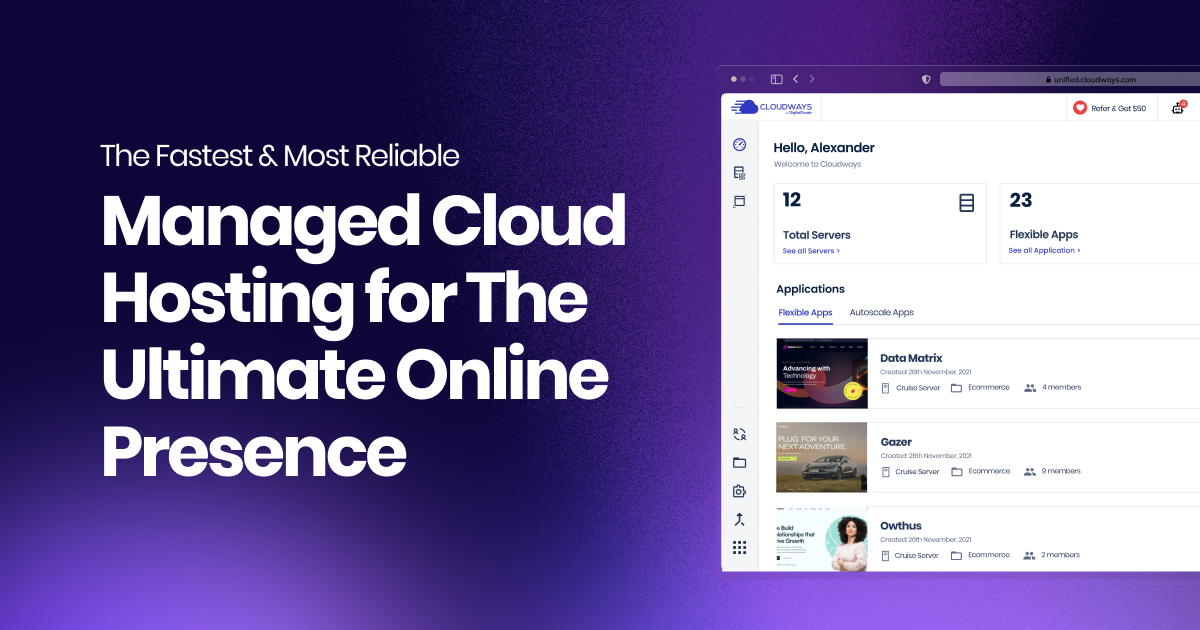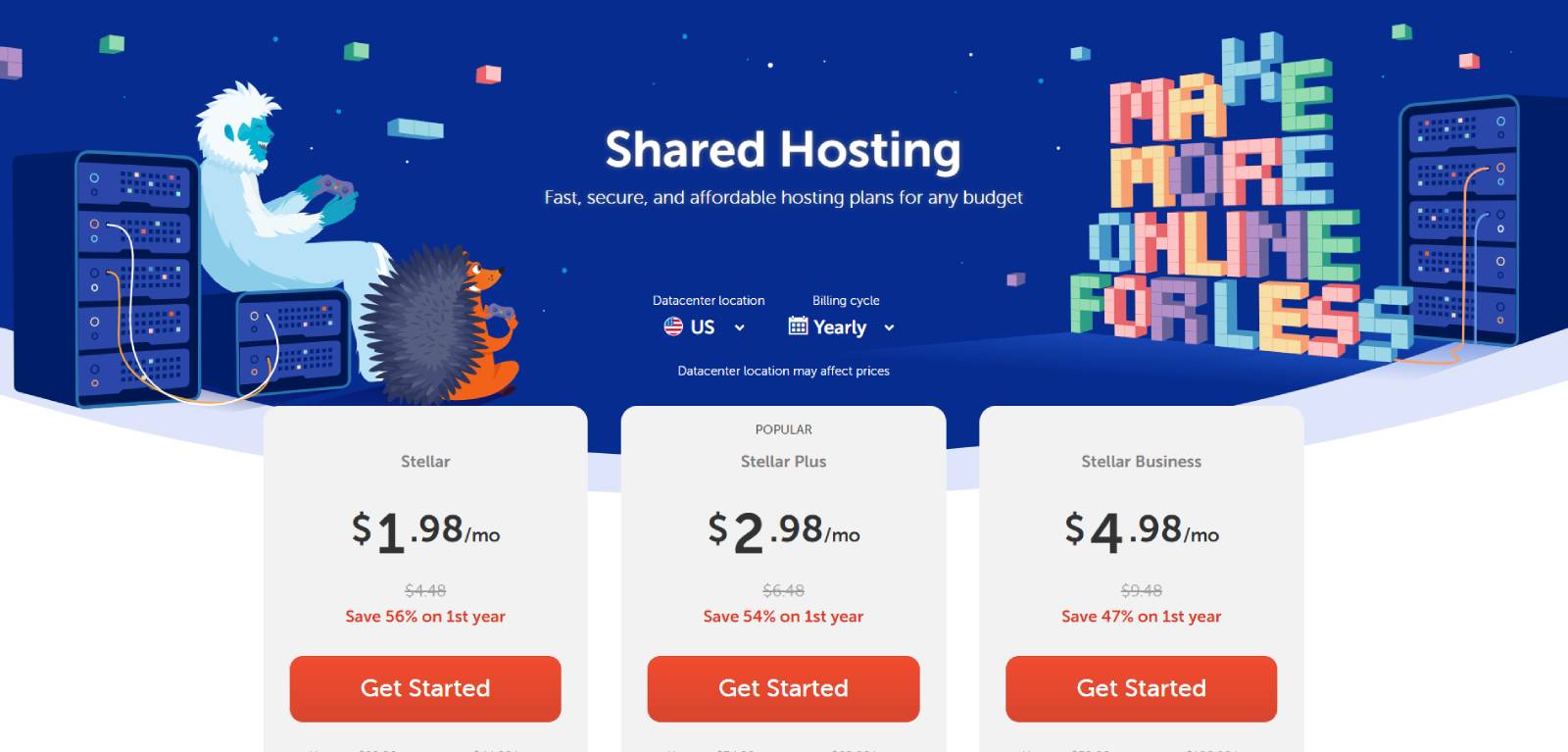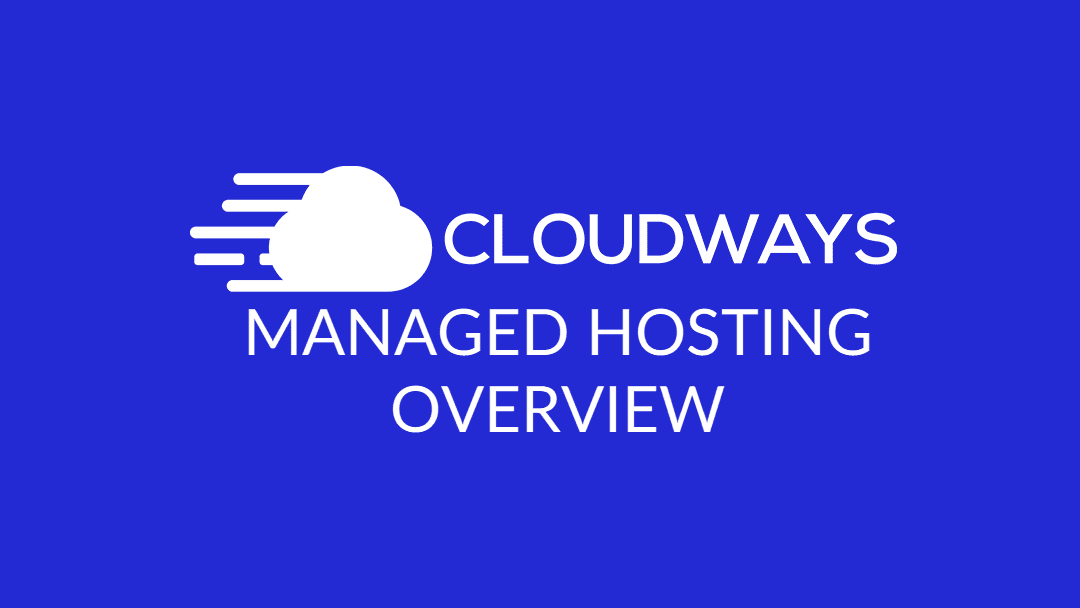
In the fast-paced world of digital business, delivering exceptional user experiences and staying ahead of the competition is paramount. The solution? Embrace cutting-edge technologies that streamline your web presence and enhance user engagement. One such powerhouse duo is combining WordPress with the Headless CMS approach. In this article, we’ll explore how WordPress as a Headless CMS can revolutionize your business website or web application, boosting performance, flexibility, and user satisfaction.
Table of Contents
Understanding Headless CMS and Its Benefits
A Headless Content Management System (CMS) is a content management system that separates the backend (content creation and management) from the frontend (presentation and user interface). This decoupling allows for greater flexibility, as content can be delivered to various platforms and devices without being constrained by a specific frontend design. This architecture paves the way for swift adaptation to new technologies and devices, ensuring an optimal user experience across the board.
Why Choose WordPress as Your Headless CMS?
- Content Creation Simplicity: With WordPress, content creation and management are a breeze. Its intuitive interface allows even non-technical users to create and publish content swiftly.
- Vast Plugin Ecosystem: WordPress boasts an extensive library of plugins that can be leveraged to enhance your website’s functionality and features. Even in a headless setup, you can harness these plugins to improve backend operations.
- SEO Friendliness: WordPress is renowned for its built-in SEO features, making it easier to optimize your content for search engines and improve your website’s discoverability.
- Familiarity and User Adoption: Since WordPress is widely used, your team is likely already familiar with its interface, reducing the learning curve associated with new tools.
- Rich Media Handling: WordPress excels at handling various types of media, ensuring your content is presented in the most engaging and visually appealing manner.
Implementing WordPress as a Headless CMS
Here’s a step-by-step guide to getting started with WordPress as your Headless CMS:
- Select a Frontend Technology: Decide on the frontend technology you’ll use to display your content. Popular choices include React, Angular, and Vue.js.
- Install WordPress: Set up a WordPress instance on your server. Opt for a minimal setup since you won’t be using its frontend.
- Create and Manage Content: Utilize the familiar WordPress interface to create and organize your content. You can still use categories, tags, and custom fields to structure your data effectively.
- API Integration: To make your content available to the frontend, you’ll need to set up APIs. WordPress offers the REST API that allows you to retrieve your content in a structured format.
- Develop the Frontend: Your frontend developers can now utilize the APIs to fetch and display content according to your desired design and layout.
- Optimize Performance: With a headless setup, you can implement advanced performance optimizations since you have full control over the frontend code. This results in quicker loading times and a smoother user experience.
- Continuous Monitoring and Improvement: Regularly analyze your website’s performance, user engagement, and SEO. Fine-tune your setup as needed to achieve the best results.
Unlock the Future with WordPress as Your Headless CMS!
Unlock top-tier user experiences using WordPress as a Headless CMS. Seamlessly blend WordPress’s prowess with Headless agility for exceptional web performance.
In the realm of modern web development, WordPress as a Headless CMS emerges as a powerful solution to elevate your business website or web application. The seamless blend of WordPress’s content management capabilities with the flexibility of a Headless architecture empowers you to deliver exceptional user experiences, adapt to evolving technologies, and stay ahead in a competitive digital landscape. By unlocking the potential of WordPress as a Headless CMS, you’re poised to revolutionize your online presence and set new standards for success.
Post a comment
You must be logged in to post a comment.









